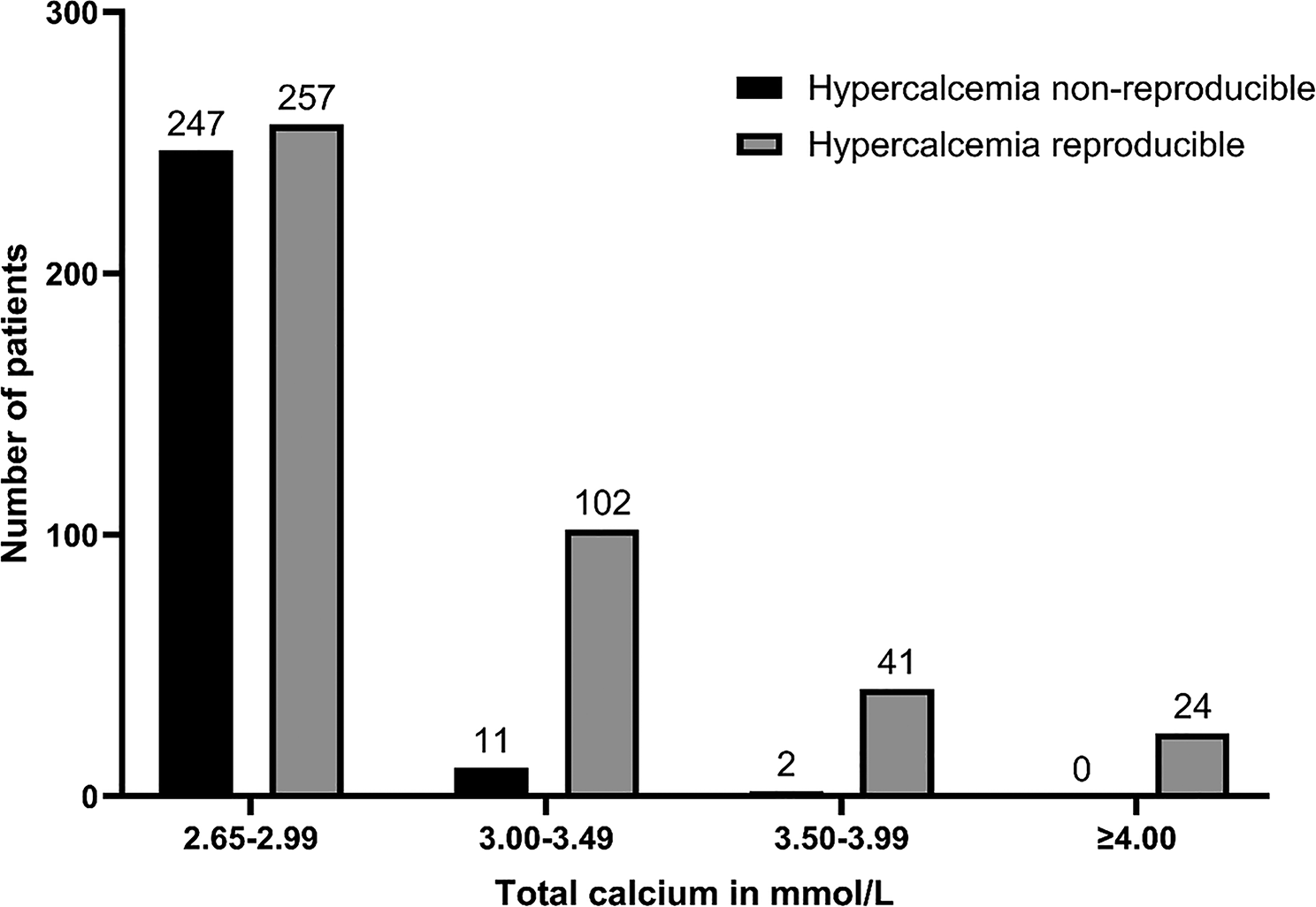Study design / ethical approval
This study was a single-center retrospective cohort study. The study was approved by the local ethics committee (24-1193-retro) and registered on clincialtrials.gov (NCT06467877).
Setting
The study was conducted in…

This study was a single-center retrospective cohort study. The study was approved by the local ethics committee (24-1193-retro) and registered on clincialtrials.gov (NCT06467877).
The study was conducted in…